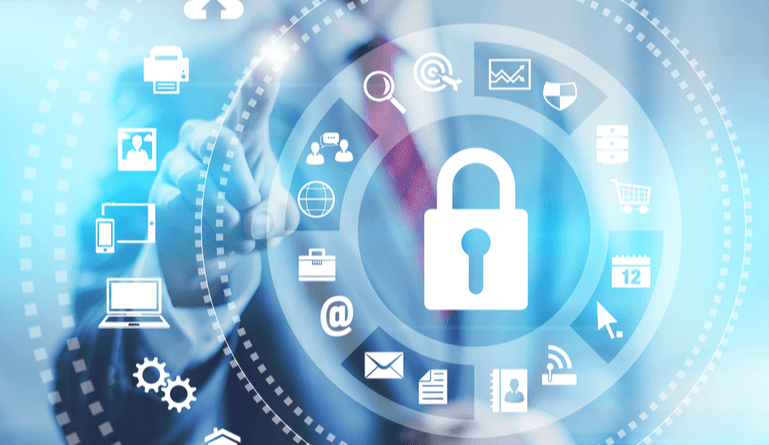The security elements or someone’s personal computer is important, but the elements needed to efficiently protect and defend a business’s computer network are further reaching and more complicated. It’s the responsibility of every competent CIO or information security professional to understand what’s involved in protecting and securing a business’s information and digital assets.
Data security and privacy concerns have become a major focus on many businesses for both C-suite leaders overseeing strategy and customer experience and IT and data professionals who are responsible for understanding what tactics, techniques, and tools are most likely to help meet the goals of the business. Understanding the major security concerns, and how current trends, software, and other measures can help address them, are key components in creating a solid security strategy. It takes work, then, and the buy-in of several stakeholders and business units to understand and act on the elements of computer security that are important to the success of your business.
What are the elements of computer security that modern IT professionals need to know?
Most experts would agree that modern computer security includes the following.
1. Availability
Availability, as it concerns computer systems, refers to the ability for employees to access information or resources in a specific place and time, as well as in the correct format. It’s important for business leaders to ensure that their computer security elements focus on a systems’ ability to function well enough and consistently enough to ensure that information and data are available and don’t affect user experience. Planning for and protecting against system failure and DDoS attacks, for instance, are crucial in ensuring system availability and an important part of computer systems security.
2. Integrity
One educational website notes that “refers to methods of ensuring that the data is real, accurate and guarded against unauthorized user modification. Data integrity is a major information security component because users must be able to trust information.” One way to increase the reliability and integrity of data is through validation methods like blockchain and other software solutions.
3. Authenticity
This element of computer security is the process that confirms a user’s identity. One method of authenticity assurance in computer security is using login information such as user names and passwords, while other authentication methods include harder to fake details like biometrics details, including fingerprints and retina scans. The right authentication method can help keep your information safe and keep unauthorized parties or systems from accessing it. In addition to the right method of authentication, providing users with excellent systems, security, and privacy training is crucial in ensuring that users don’t engage with any spam or unsecured emails with links and downloads that could jeopardize sensitive company information. Many times, illicit emails can appear legitimate and training is necessary to prevent employees from accidentally enabling unauthorized access.
4. Confidentiality
Related to authorization is confidentiality. Protecting the confidentiality of sensitive records is one of the highest aims of computer security and information technology teams. According to one source, “Confidentiality can be enforced by using a classification system. The user must obtain a certain clearance level to access specific data or information. Confidentiality can be ensured by using role-based security methods to ensure user or viewer authorization (data access levels may be assigned to a specific department) or access controls that ensure user actions remain within their roles (for example, define a user to read but not write data).” Because of this, many information security specialists and help desk technicians spend a good number of their work hours granting administrative access and monitoring data access.
5. Utility
More businesses and security experts have started to add “utility” as an element of computer security necessary to prioritize in their operations. When used to describe a security element, it refers to the usefulness and availability of information. If there’s a monumental data disaster, having backups of critical data helps businesses maintain the utility of their information.
For information systems administrators and security professionals interested in better securing their business systems, these are the five areas to focus on. How can you create a better emphasis on these pillars?
Hiring expert cybersecurity employees are the first step to building a foundation based on these security elements. These employees should have the expertise and certification that enables them to tackle these areas confidently and tackle current business security issues as well as predict future possibilities. Having a competent, capable IT staff can help you better protect your data from theft and loss and all of the business consequences that may come from that.





